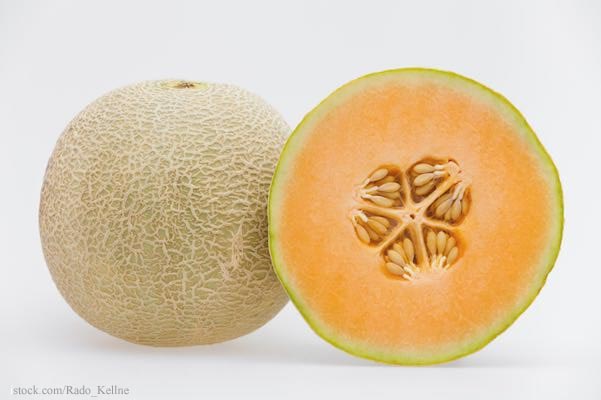A new study focusing on contact surface transfer of pathogens is halfway through its two year timeline. The research is being conducted at Virginia Tech. Dr. Laura Strawn, a produce safety Extension Specialist at that University is leading the project, along with Dr. Ben Chapman at NCSU and Dr. Michelle Danyluk at the University of Florida in Lake Alfred. The project is being funded by the Center for Produce Safety.

Their research is looking at potential pathogen contamination of cantaloupe in the food chain. The study is focusing on Salmonella and Listeria monocytogenes transfer.
Back in 2011, a huge Listeria monocytogenes outbreak linked to Jensen Farms cantaloupe sickened 147 people and killed 30 in 28 states. Seven pregnant women were sickened in that outbreak. One woman suffered a miscarriage, and three infants were born with listeriosis. Several outbreaks linked to the consumption of melons have been attributed to cross-contamination between the fruit and contact surfaces.
The goal of the study is to develop best practices in the industry to reduce the potential transfer of pathogenic bacteria to or from the surfaces that come into contact with cantaloupe’s heavily webbed skin. Researchers are looking at “what are the contact surfaces like from a microbiological standpoint,” said Chapman.
Processing of melons is not consistent across the country, according to the study’s abstract. On the East Coast, melons are washed after harvest, but those grown on the West Coast are packed in the field without washing.
The research team worked with the cantaloupe industry. Last summer they watched harvest crews and collected samples from various surfaces that the fruit came into contact with during field packing. Variables included the type of gloves the harvest crews wore, which ranged from rubber to cotton blend, and the materials used to cover the pack tables. Samples were taken from brushes and rags used to wipe off the melons, and stainless steel knives used to cut them.
Dr. Chapman worked with retail outlets to identify surfaces in distribution centers to displays in retail stores. The surfaces are swabbed to collect samples. Scientists then look at them to see if the bacteria are “transient” or part of a resident population. If certain surfaces are more likely to harbor bacteria, the researchers can recommend changes to management.
The last year of the study will be used to conduct lab experiments using the bacteria, looking at transfer from inoculated cantaloupe to clean contact surfaces and vice versa. The risk of transfer may be different, depending on the type of bacteria and the source. Then, sanitizers and cleaning methods will be tested to try to significantly reduce the risk of pathogen transfer. The researchers want to identify high risk cross-contamiantion points during harvest and at retail, and offer mitigation and intervention strategies.




